LED vs laser printers: What should your business choose?
Laser and LED printers are very similar, but they boast their own unique benefits that could make them best for your company
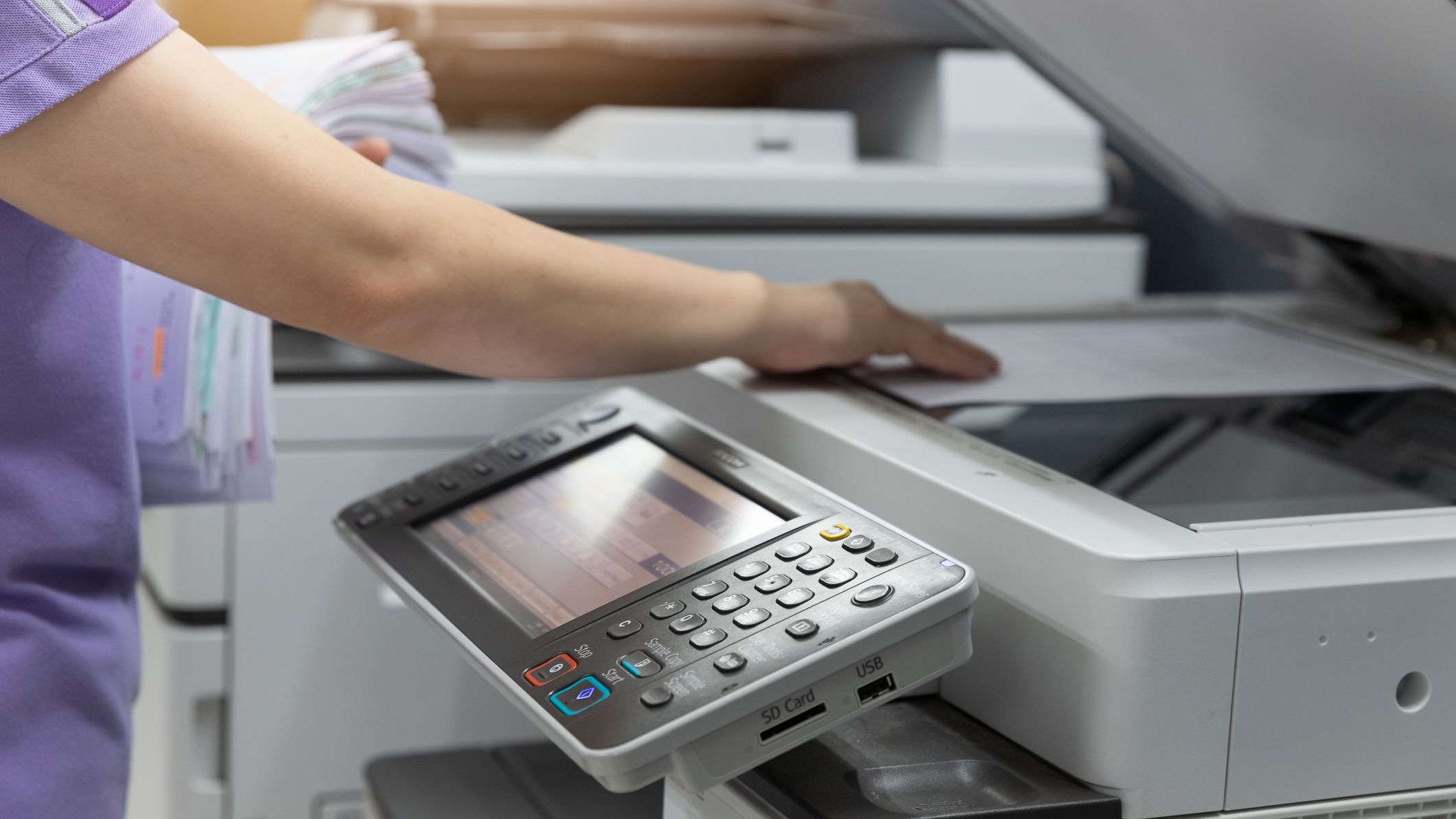

Purchasing a printer can be a difficult decision for any business, especially when taking into account potential costs, customization, and longevity.
There are three primary types of printer used in business, including inkjet, laser, and light-emitting diode (LED) options, each of which has their own distinct advantages.
Inkjet printers, for example, were typically limited to personal home use while laser printers were reserved largely for enterprises. That’s all changed over the last decade, however, and advances in inkjet printer designs mean they now boast equally fast speeds and durability.
Overall, LED and laser printers tend to remain a more common feature in your office setting, but pricing means they’re now approaching parity with inkjets. Even smaller companies or businesses run from home are flocking to these printers, for example, and our advice for small to medium-sized businesses is that they’re now a viable option.
Naturally, both these types of printer come with their own drawbacks. There’s no such thing as the ‘perfect’ office equipment. With that in mind, it’s important to know the differences – albeit often minor – when making an informed purchase decision to ensure you’re getting the best bang for your buck.
Are laser printers best?
Pros | Cons |
High speed | Louder than LED printers |
Reliable for big print jobs | Initial cost high |
Fantastic print resolution | Larger printer bodies |
Laser printers boast a reputation as the go-to choice in office environments for several reasons.
In terms of the written word and pulling together simple graphics, laser printers are the go-to for most businesses. The lasers used produce sharp, crisp results – and at a high speed. This makes a laser printer perfect for businesses that require slick, professional looking prints in rapid fashion.
Sign up today and you will receive a free copy of our Future Focus 2025 report - the leading guidance on AI, cybersecurity and other IT challenges as per 700+ senior executives
Laser printers are also cheaper to run than their inkjet counterparts. The reason for this is that rather than using ink cartridges, laser printers use powdered toner, which is typically cheaper to buy in bulk.
These printers work by beaming patterns onto a positively-charged drum, leaving behind a negative charge in the shape of what is being printed. This attracts the toner, which sticks to the drum that is then rolled over the paper itself.
The initial investment required for a laser printer is higher compared to an inlet, but that cost disparity is narrowing. Notably, if you’re in an office environment where hundreds of sheets are printed each week, you could find that initial outlay is paid back within a relatively short period of time due to savings on ink.
Combine that with our best practice guide on reducing print costs, and a laser printer becomes a very shrewd investment.
It’s worth noting that size can be an issue with laser printers, largely due to the drum and laser setup. If you’re short on space in your office, you’re best advised to seek out a more compact printer.
Bulky sizes aren’t the only notable downside here, either. These options traditionally struggle to reproduce photographs at as high a resolution as inkjet printers.
Are LED printers best?
Pros | Cons |
Smaller profile | Fixed resolution |
Less prone to faults | Energy cost can be substantial |
Quieter due to fewer moving parts | Uneven light distribution possible |
LED printers function in a similar manner to laser printers, relying on a drum and mirror while combining intense light to produce a copy of what the user is printing.
The main difference here, however, is that instead of a laser being used to beam designs, an array of LEDs within the printer is used. This essentially blinks the image or text that’s being printed onto a positively-charged drum, again creating a negative charge that attracts the toner.
There are fewer moving parts in this type of printer, meaning they’re very quiet and perfect for an office environment with limited space. As an additional bonus, the fewer moving parts means the likelihood of internal components breaking is reduced, ultimately saving time, money, and effort on printer troubleshooting.
There are downsides to LED printers, however. Like its laser-based counterpart, it uses a significant amount of energy to produce the light and heat necessary to charge the drum and heat the paper.
This could end up costing you more in energy bills than an inkjet printer. Compared to a laser printer, there are advantages due to the fact that LED efficiency is greater than laser printers. Regardless, it’s still a key consideration when it comes to choosing between the three leading options.
Quality can be a problem too, in our experience. On some occasions there can be small differences in power usage or construction quality between individual LEDs within the internal array. What this means is that LED printers can distribute light less evenly across the drum compared to laser printers.
The end result here is prints that change in resolution, albeit slightly, or vary in color accuracy.
Which produces higher quality prints?
Print quality is, naturally, a key consideration when choosing a printer. Early LED printers, for example, faced resolution issues whereby the quality of prints simply could not compete with pages printed using a laser option.
This isn’t the case anymore, however. The technology has caught up considerably in recent years to the point where copy produced on each of these devices is indistinguishable.
Top of the range laser and LED printers are both capable of rendering images at up to 1,200 dots per inch (DPI).
This is what makes it a very difficult decision when choosing between an LED or laser printer: there’s no clear winner in terms of image quality. From a customization and flexibility perspective, however, LEDs use a fixed drum, meaning they cannot vary in resolution.
Conversely, laser printers have resolutions that can be changed based on your individual needs. If it’s flexibility that you’re seeking, even on a minute level, then our recommendation is to choose a laser printer on this occasion.
Paper quality is also a consideration here. Ultimately, the quality of paper you’re using has a tangible impact on the quality of prints. Both of these devices work best with heat-resistant paper and there are a range of options here for businesses.
Similarly, paper also comes in a range of grams per square meter (GSM) and so anything above a certain thickness is likely incompatible with either.
Is an LED printer better than a laser printer?
As we’ve previously noted, both these devices go toe-to-toe across a range of variables so it’s hard to pick a clear cut winner.
Both favor businesses that are in the habit of printing en-masse and looking for faster speed and lower running costs compared to inkjet devices.
In terms of shelf life, LEDs do edge out their laser counterparts as a result of those moving parts in the latter. If it’s detail you’re looking for, laser printers could be the best option due to resolution flexibility.

Rory Bathgate is Features and Multimedia Editor at ITPro, overseeing all in-depth content and case studies. He can also be found co-hosting the ITPro Podcast with Jane McCallion, swapping a keyboard for a microphone to discuss the latest learnings with thought leaders from across the tech sector.
In his free time, Rory enjoys photography, video editing, and good science fiction. After graduating from the University of Kent with a BA in English and American Literature, Rory undertook an MA in Eighteenth-Century Studies at King’s College London. He joined ITPro in 2022 as a graduate, following four years in student journalism. You can contact Rory at rory.bathgate@futurenet.com or on LinkedIn.
-
 Trump's AI executive order could leave US in a 'regulatory vacuum'
Trump's AI executive order could leave US in a 'regulatory vacuum'News Citing a "patchwork of 50 different regulatory regimes" and "ideological bias", President Trump wants rules to be set at a federal level
-
 TPUs: Google's home advantage
TPUs: Google's home advantageITPro Podcast How does TPU v7 stack up against Nvidia's latest chips – and can Google scale AI using only its own supply?
-
 Westcoast named as full-service distributor for Kyocera’s A4 print solutions
Westcoast named as full-service distributor for Kyocera’s A4 print solutionsNews The new agreement will see Westcoast act as a “one-stop shop” for Kyocera’s ECOSYS A4 devices, consumables, and support
-
 Neglecting printer security is leaving you wide open to cyber attacks
Neglecting printer security is leaving you wide open to cyber attacksNews Enterprises are ignoring printer security risks and failing to update, according to HP Wolf Security, leaving them vulnerable to cyber attacks.
-
 Brother UK revamps inkjet lineup to drive partner opportunities
Brother UK revamps inkjet lineup to drive partner opportunitiesNews The vendor has replaced its A4 Mini Business and A4 Mini Regular printers to help channel partners meet increasing market demand.
-
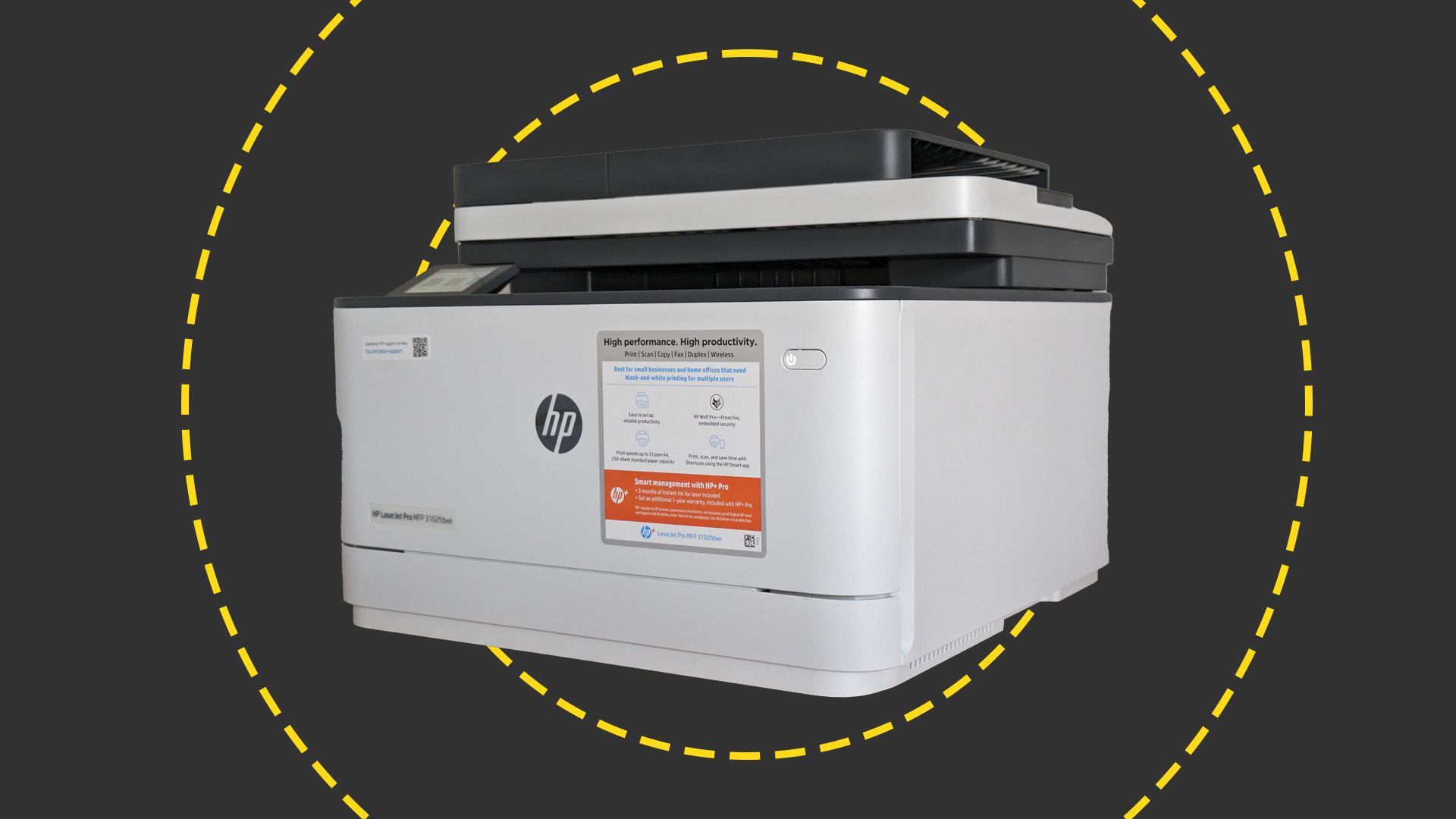 HP LaserJet Pro MFP 3102fdwe review: Hamstrung by high running costs and the restrictions of HP+
HP LaserJet Pro MFP 3102fdwe review: Hamstrung by high running costs and the restrictions of HP+Reviews hamstrung by high running costs and the restrictions of HP+
-
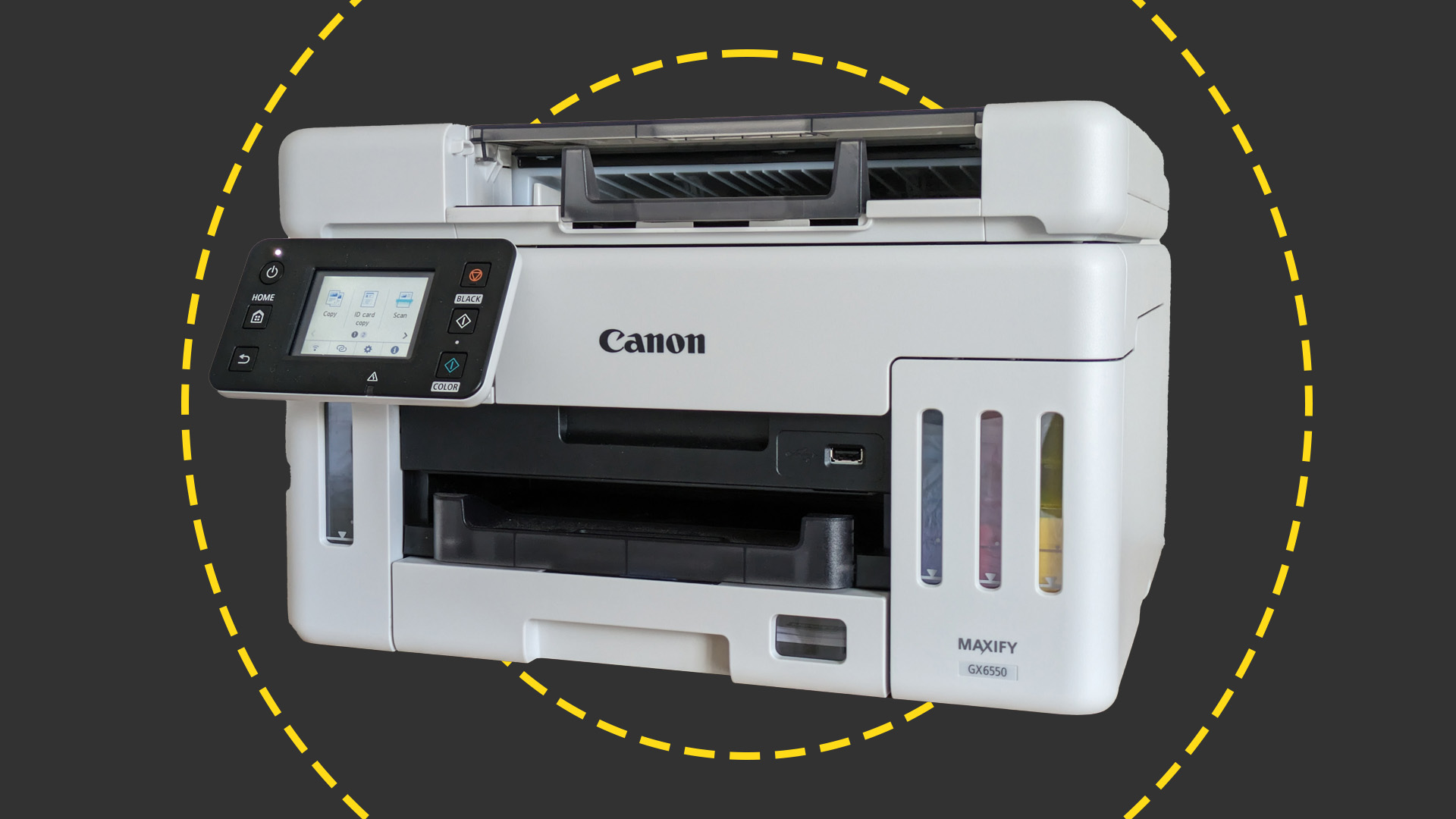 Canon MAXIFY GX6550 Review: cheap to run and very compact, but not the greatest inkjet MFP
Canon MAXIFY GX6550 Review: cheap to run and very compact, but not the greatest inkjet MFPReviews The GX6550 has a neat cubby hole trick and it's very cheap to run, but it's compromised in other ways
-
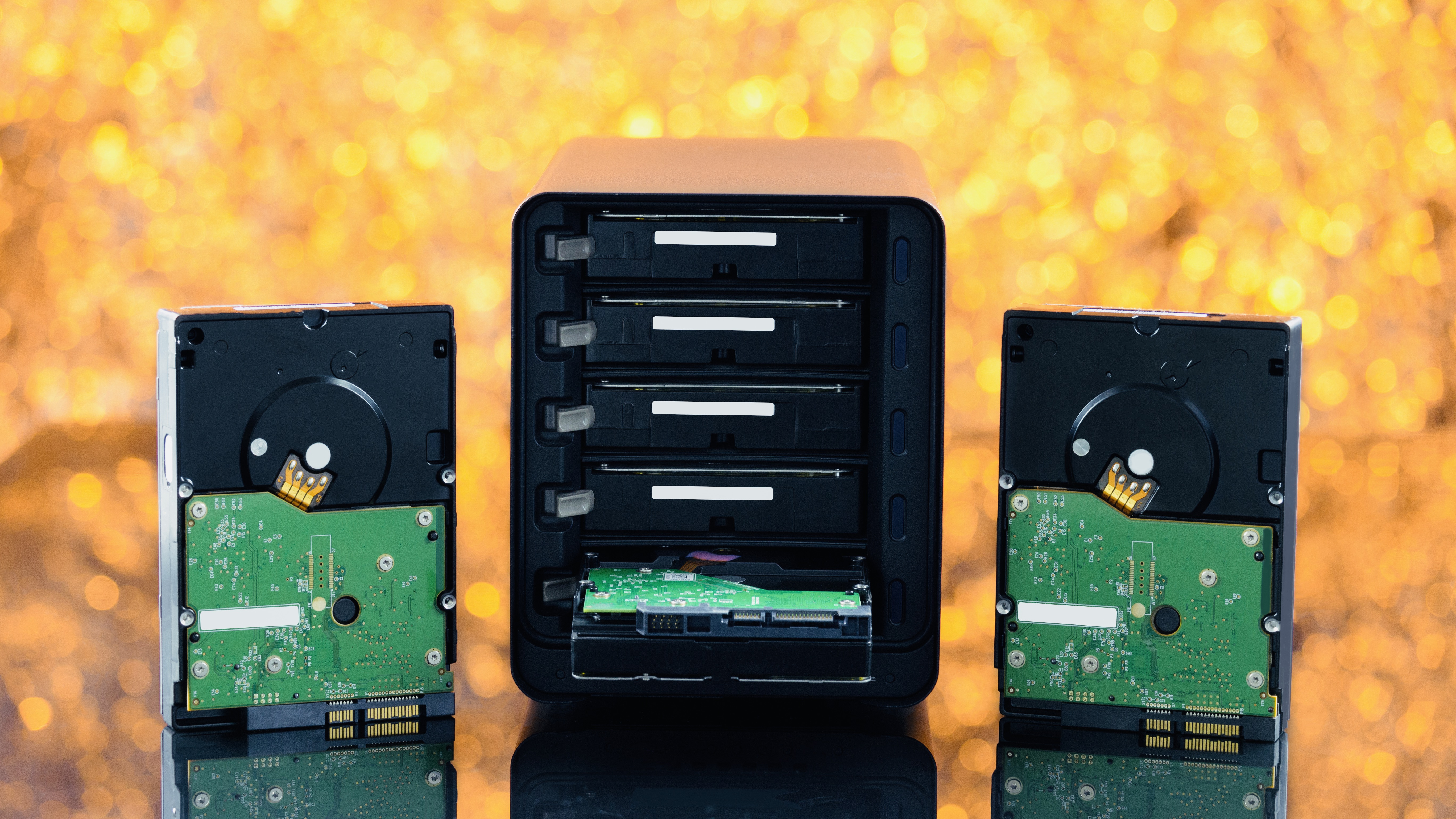 Replace your NAS device before you find a problem – don’t wait for things to go wrong
Replace your NAS device before you find a problem – don’t wait for things to go wrongOpinion After years of excellent service, retiring a Synology NAS server saw a drastic improvement in speed and functionality
-
 MSG giant Ajinomoto's chipmaking foray helps break financial records
MSG giant Ajinomoto's chipmaking foray helps break financial recordsNews In addition to umami seasoning, the company produces a microfilm insulation used by the semiconductor industry which was repurposed from its amino acid technology
-
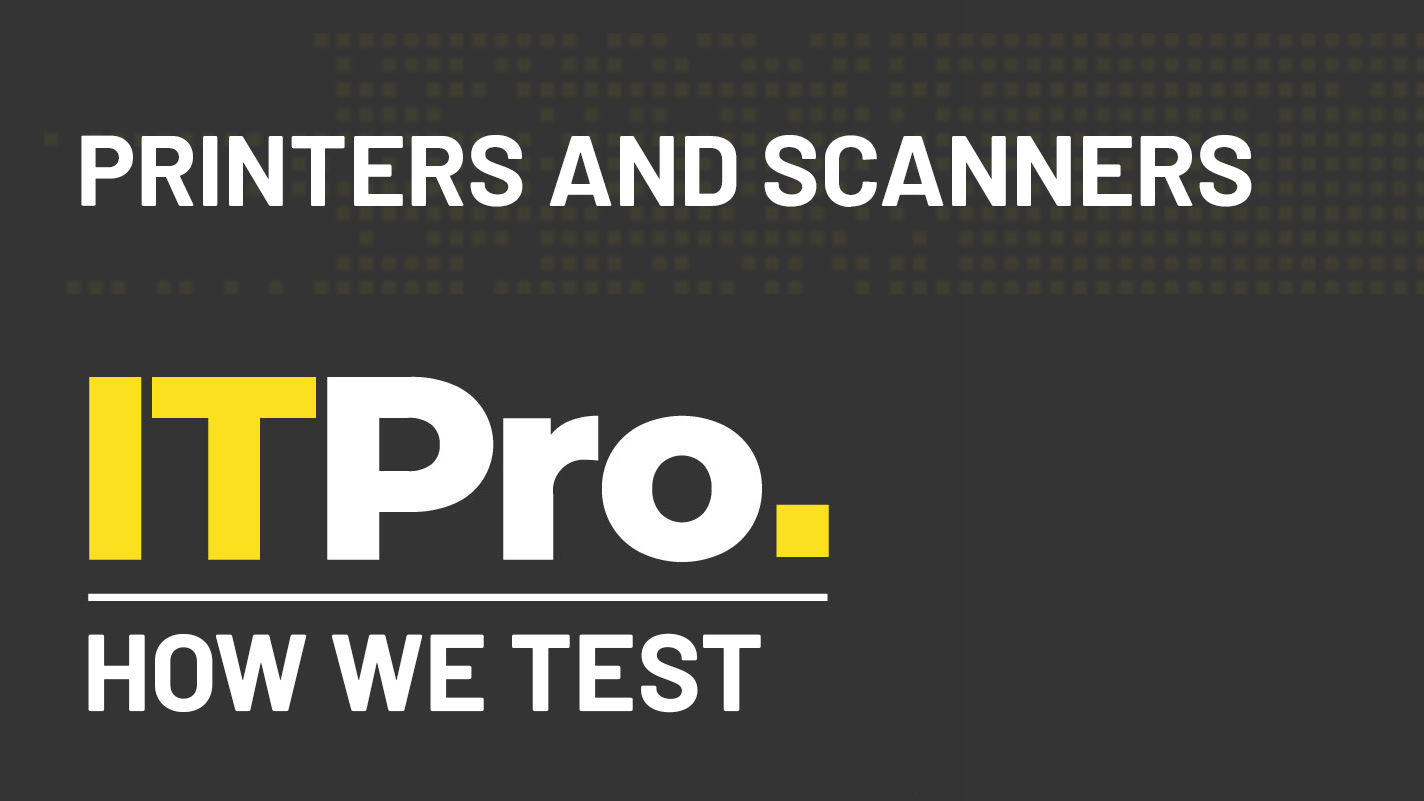 How we test printers and scanners
How we test printers and scannersReviews Everything you need to know about our benchmarking process for print devices